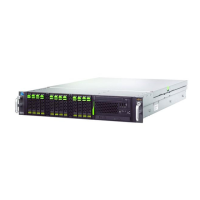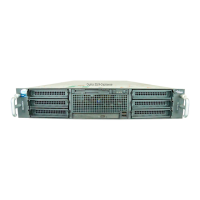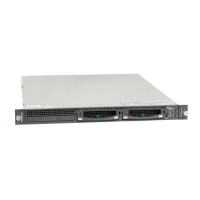Managing authorizations Certificates
U41855-J-Z125-3-76 321
Dokuschablonen 19x24 Version 7.4de für FrameMaker V7.x vom 09.02.2010 © cognitas GmbH 2001-2010
19. March 2018 Stand 18:25.48 Pfad: P:\FTS-BS\Server\SE-Server\SE-Doku\1303912_BuV_062\BuV_e\buv.k11
12.3.2.4 Uploading and activating a customer-specific certificate
Instead of a self-signed certificate generated in the system (standard certificate or user-
defined certificate), you can use a certificate of your own to access the system’s SE
Manager.
Requirement
A certificate signing request was generated in the system for the certificate (see section
“Requesting an SSL certificate” on page 319) and sent to a certification authority.
Procedure
As soon as the certificate signed by the CA (certification authority) is available to you, you
can upload and activate it.
i Notes:
● When a certificate is activated on the target system, the web server is also
automatically rebooted with the new certificate. A brief interruption of the SE
Manager‘s connection to the system can occur.
● If the web browser used (on the administration PC or local console) knows that
the new certificate is trusted or knows its root certificate, no further action is
required.
● If the web browser does not know that a certificate is trusted, the certificate must
be explicitly confirmed or imported (see the section “Confirming/importing a
certificate in the web browser” on page 314).
Ê In the tree structure select Authorizations → Certificates [→ <mu-name>(MU)].
Ê In the Current SSL certificate group, click Create and enable new SSL certificate.
The Create and enable SSL certificate dialog box opens.
Ê Make the necessary entries. Detailed information on the entries is provided in the SE
Manager help.
Ê Click Upload.
The files specified are uploaded into the target system, activated immediately and
displayed as the current SSL certificate.

